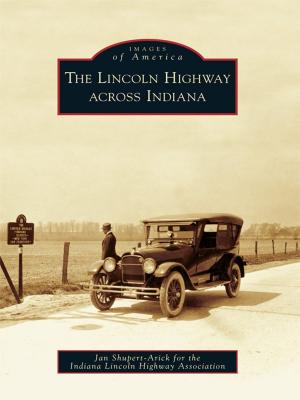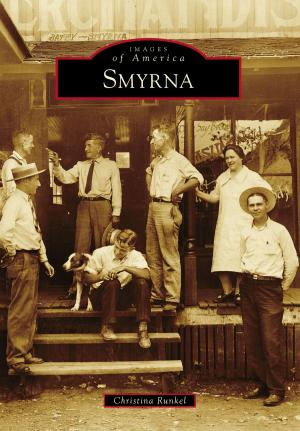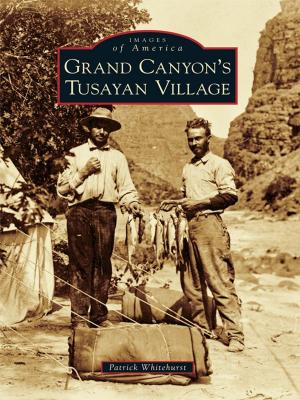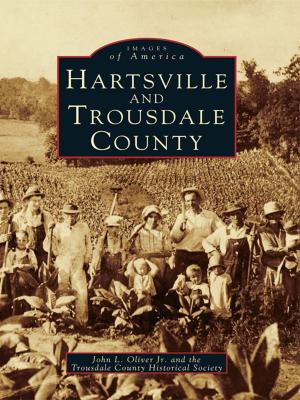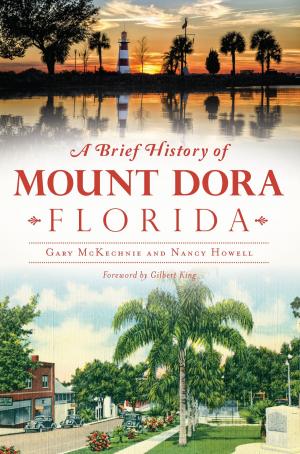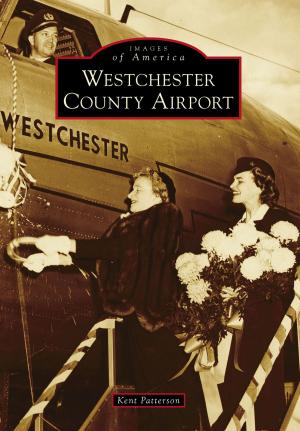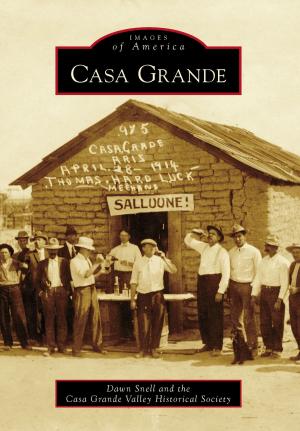| Author: | Marcy J. Miller | ISBN: | 9781439657386 |
| Publisher: | Arcadia Publishing Inc. | Publication: | August 29, 2016 |
| Imprint: | Arcadia Publishing | Language: | English |
| Author: | Marcy J. Miller |
| ISBN: | 9781439657386 |
| Publisher: | Arcadia Publishing Inc. |
| Publication: | August 29, 2016 |
| Imprint: | Arcadia Publishing |
| Language: | English |
Long before the cavalry and stagecoaches traveled through on military roads and the Old Black Canyon Stage Road, the ancient Hohokam people relied on New River's peaks for fortresses and lookouts. In the late 1800s, the military sweep of the last native people, the Apache and Yavapai, rendered the region safe for settlers. Situated between the cool north and the hot, arid Salt River Valley below, New River became a key location for watering sheep and cattle driven between seasonal pastures. Ranches, such as the Triangle-Bar, sprang to life in the cactus-studded foothills. From the 1920s to the 1940s, the arrival of tough, capable homesteaders formed the community that thrives today. Still an unincorporated area of north Maricopa County, New River retains its western heritage and scenic desert vistas
Long before the cavalry and stagecoaches traveled through on military roads and the Old Black Canyon Stage Road, the ancient Hohokam people relied on New River's peaks for fortresses and lookouts. In the late 1800s, the military sweep of the last native people, the Apache and Yavapai, rendered the region safe for settlers. Situated between the cool north and the hot, arid Salt River Valley below, New River became a key location for watering sheep and cattle driven between seasonal pastures. Ranches, such as the Triangle-Bar, sprang to life in the cactus-studded foothills. From the 1920s to the 1940s, the arrival of tough, capable homesteaders formed the community that thrives today. Still an unincorporated area of north Maricopa County, New River retains its western heritage and scenic desert vistas

